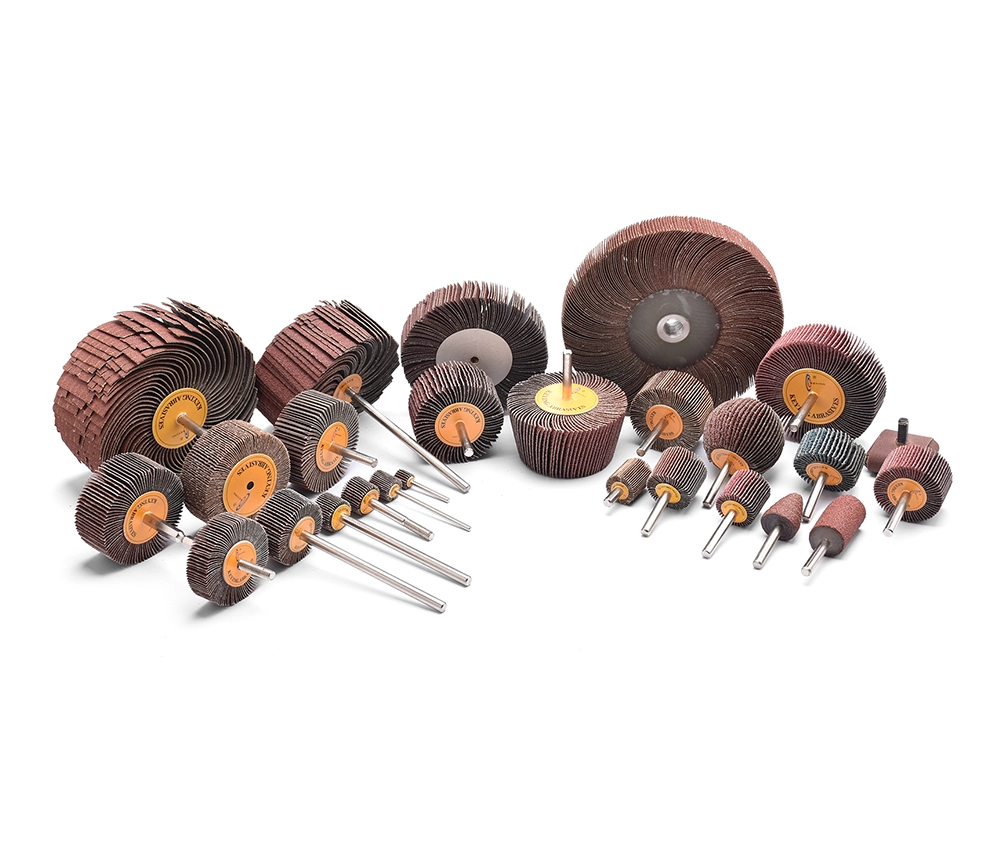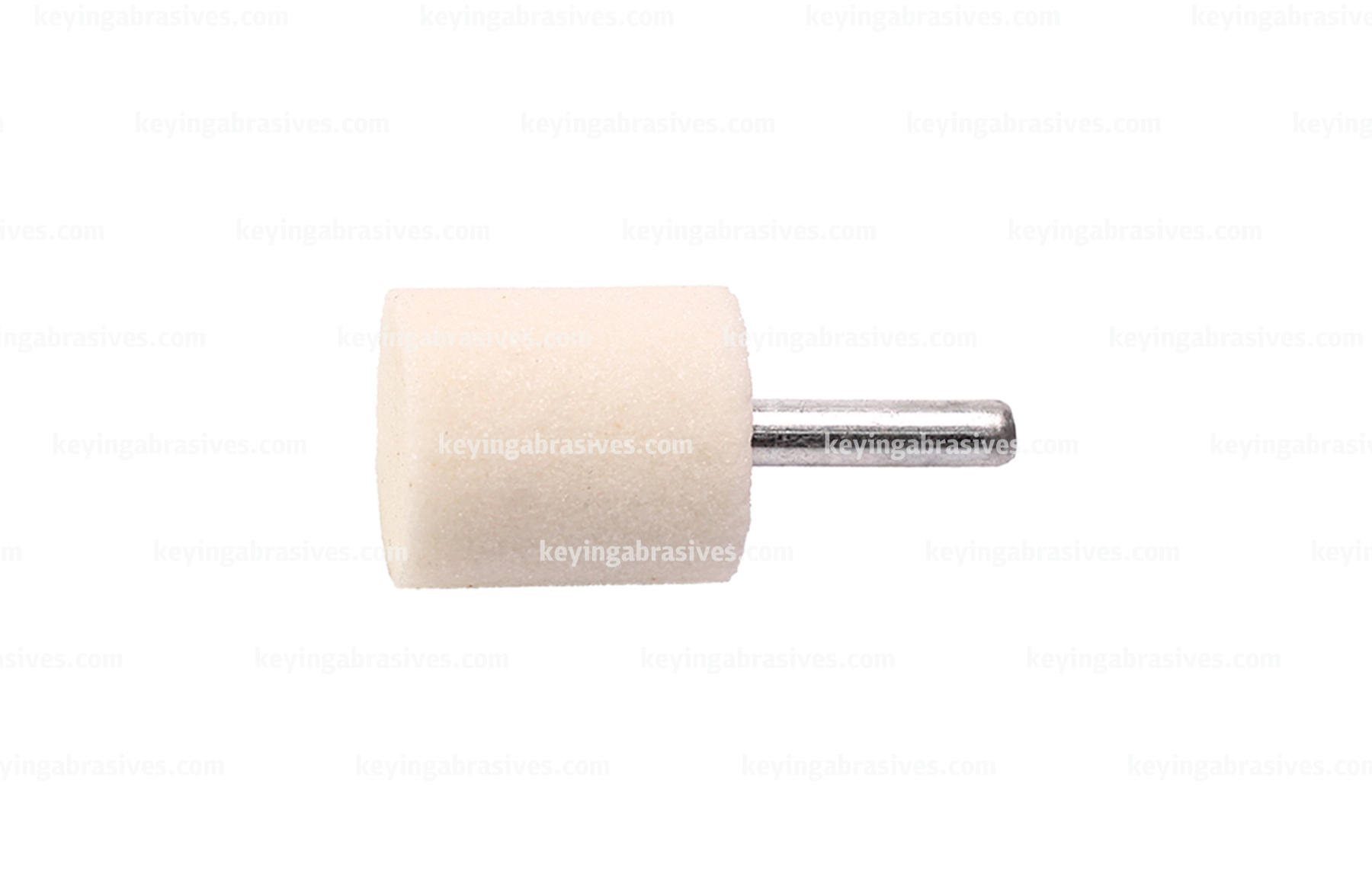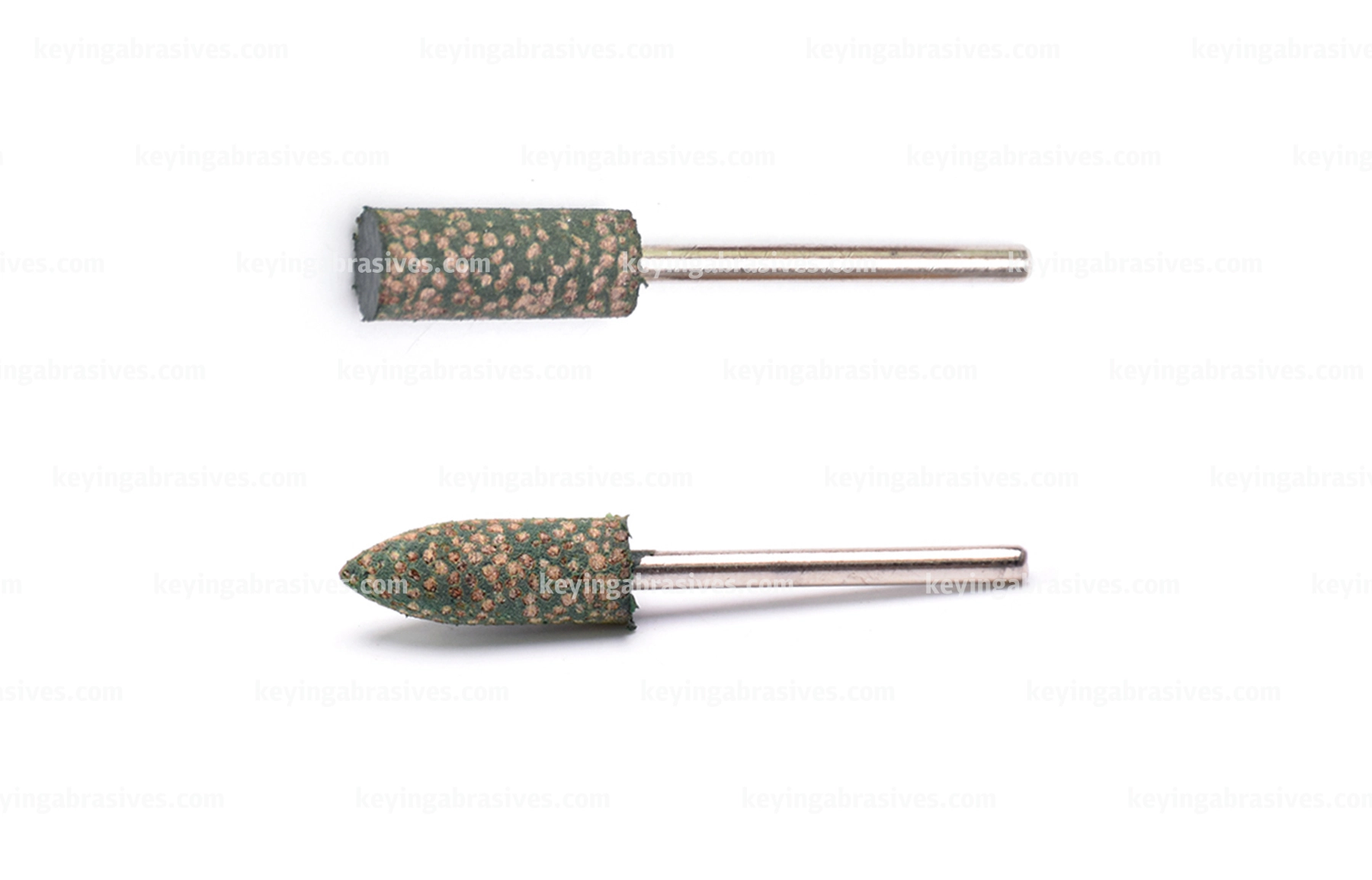
Dec 20-2017
The granularity of the abrasive refers to the particle size of the abrasive. Abrasives can be divided into four groups: abrasive particles, grinding powders, fine powders, and ultrafine powders, according to the size of their particle size. Among them, the particle size numbers of the two groups of abrasives, abrasive particles, and grinding powders, are represented by the number of mesh openings on each inch of screen length, and their symbol is the "#" symbol added to the upper right corner of the particle size number. For example, 240# means that there are 240 holes on each inch of screen length, and the larger the value of the particle size number, the finer the abrasive. The particle size numbers of the other two groups of abrasives, fine powders, and ultrafine powders, are represented by the actual size of the particles, and their symbol is a letter "W" added before the particle size number. Sometimes they can also be converted into screen mesh numbers. For example, W20 indicates that the actual size of the abrasive particles is between 20μm and 14μm, and the screen mesh number is 500#.
There are coarse, medium, and fine particles in various abrasives. The medium particles are the basic particle size in grinding powders and are the main factor determining the grinding ability of abrasive products, accounting for a large proportion of the particle size composition. The practice has proved that the grinding ability of the ground powder after centrifugal separation will increase by 20% compared with before separation. Fine particles have a very small grinding effect in grinding. In addition to being disadvantageous to the quality of the ground workpiece, they also reduce the grinding efficiency, so the number of fine particles should be minimized in the particle size composition. Therefore, both grinding efficiency and workpiece quality require uniform particle size of the abrasive. In the group of grinding particles with particle sizes from 12# to 80#, the particle size is larger, which is not suitable for grinding abrasives.
The hardness of the abrasive refers to the ability of the abrasive surface to resist local external forces, while the hardness of the abrasive tool (such as oilstone) is the firmness of the binder to bond the abrasive when subjected to external forces. It is one of the basic characteristics of abrasive products. Grinding processing is achieved by using the difference in hardness between the abrasive and the workpiece to be ground. The higher the hardness of the abrasive, the stronger its cutting ability.
The strength of the abrasives China refers to the firmness of the abrasive itself. It refers to the ability to withstand external pressure without being broken when the cutting edge of the abrasive grain is still quite sharp. Abrasives with poor strength have fast grinding particle fragmentation, low cutting ability, and short service life. This requires that the abrasive should not only have high hardness but also sufficient strength in order to better carry out grinding processing.

-图1.webp)
